
Deutsch-Chinesische Enzyklopädie, 德汉百科
 Henan Sheng-HA
Henan Sheng-HA






Die Yu-Oper wird auch Henanbangzi-Oper und Henan-Hochton genannt. Da in der Vergangenheit die Schauspieler durch Originalton sangen, beim Singanfang und -ende durch Kopfstimme die Auslaut mit Ou-Ton hob, wird die Yu-Oper auch Henan-Ou genannt. Früher fand die Aufführung der Henan-Oper öfters auf einer Anhöhe am Berghang statt, weshalb man sie auch als "Kaushanhou", zu Deutsch "Brüllen am Berghang", bezeichnete. Die Bezeichnung Yu-Oper, also Henan-Oper, wird erst nach Gründung der VR China benutzt. Sie verbreitet sich in über zehn Provinzen und Autonomen Gebieten wie Henan, Hebei, Shandong, Shanxi, Hubei, Ningxia, Qinghai und Xinjiang und gilt als einer der einflussreichen Operntypen in China.
Die Yu-Oper entstand Ende der Ming-Dynastie und Anfang der Qing-Dynastie. Am Anfang war die Yu-Oper vorwiegend ein Arienvortrag und von den Massen sehr beliebt. Deshalb entwickelte sie sich sehr schnell. Es fällt schwer, den Ursprung der Yu-Oper herauszufinden. Es gibt verschiedene Argumente dafür. Einer Formulierung nach verbreiteten sich Ende der Ming-Dynastie die Puzhou-Oper und Shaaxi-Oper in der Provinz Henan und haben sich dann mit dortigen Volksliedern und Molltonarten zusammen zur Yu-Oper entwickelt. Einer anderen Überlieferung zufolge hat sich die Yu-Oper direkt aus der volkstümlichen Peiquso-Melodie herausgebildet.
(Quelle:http://german.cri.cn/chinaabc/chapter19/chapter190203.htm)
Dieses Video oder Audio ist eventuell urheberrechtlich geschützt. Es wird nur für Bildungszwecke genutzt. (Quelle: )



 Automobile
Automobile
 *Coach and bus
*Coach and bus



 Automobile
Automobile
 *Electric car engine
*Electric car engine
 Chinesiches Automobil
Chinesiches Automobil
 Henan Sheng-HA
Henan Sheng-HA

 Companies
Companies



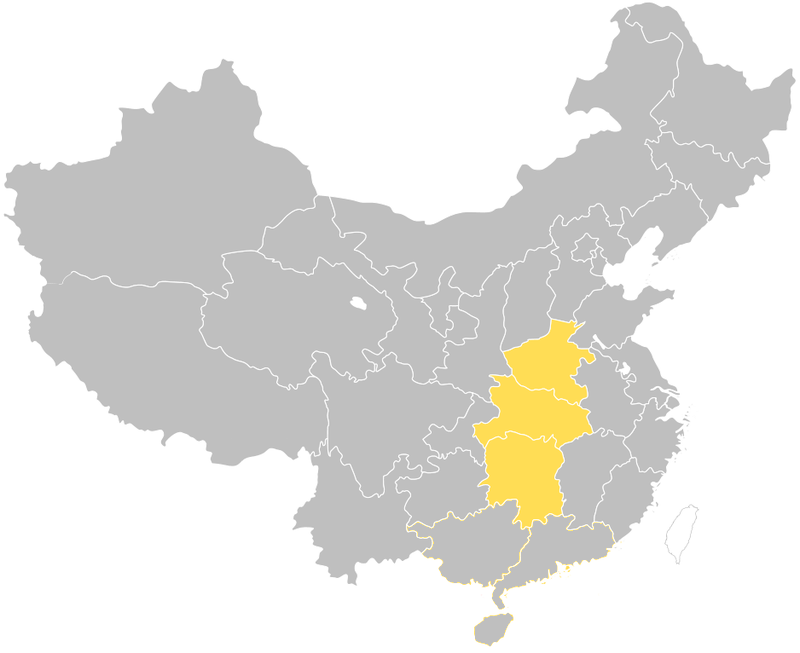
华中地区,简称华中,是中国七大地理分区之一,包括河南、湖北、湖南三省(按照自北向南排序),华中国土总面积约56万平方公里,约占全国国土总面积的5.9%。截至2017年底,华中地区常住人口约2.23亿人,生产总值约11.61万亿元,人均生产总值约5.20万元。
华中地区位于中国中部、黄河中下游和长江中游地区,涵盖海河、黄河、淮河、长江四大水系,地处华北、华东、华南、西南、西北等地区之间,众多国家交通干线通达全国,具有全国东西、南北四境的战略要冲和水陆交通枢纽的优势,起着承东启西、连南望北的作用。
华中地区的地形地貌以岗地、平原、丘陵、盆地、山地为主,主要山脉有嵩山、桐柏山、武当山、衡山等。其中平原和盆地、山区丘岭面积分别占河南省总面积的55.7%、44.3%;山地、丘陵和岗地、平原湖区分别占湖北省总面积的56%、24%、20%;山地、丘陵和岗地、平原、水面面积分别占湖南省总面积的51.2%、29.3%、13.1%、6.4%。气候环境为温带季风气候和亚热带季风气候。
华中地区历史文化厚重,资源丰富,水陆交通便利,是全国工业农业的心脏和交通中心之一。
2016年12月26日,国家发改委印发《促进中部地区崛起“十三五”规划》,该规划指出“支持武汉、郑州建设国家中心城市,强化长沙等省会城市地位,增强要素集聚、科技创新和服务功能,提升现代化和国际化水平。继续做大做强洛阳、宜昌、岳阳等国家区域中心城市,加快产业转型升级,延伸产业和服务链,形成带动区域发展的增长节点。”
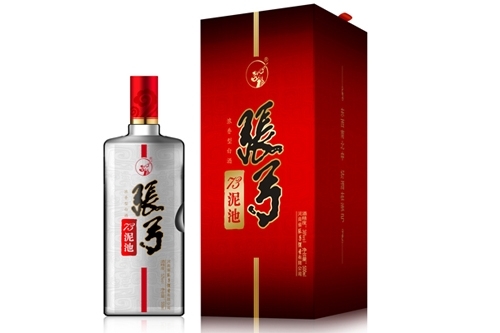

Zhao (chinesisch 趙 / 赵, Pinyin Zhào) war ein Staat des chinesischen Altertums während der Zeit der Streitenden Reiche, der 403 v. Chr. entstand und vom Staat Qin 228 v. Chr. annektiert wurde.
Er grenzte an die Staaten Qin, Wei und Yan. Seine Hauptstadt war Handan. Das Territorium umfasste Gebiete in der Heutigen Inneren Mongolei sowie den Provinzen Hebei, Shanxi und Shaanxi.
Zhao (Chinese: 趙) was one of the seven major states during the Warring States period of ancient China. It was created from the three-way Partition of Jin, together with Han and Wei, in the 5th century BC. Zhao gained significant strength from the military reforms initiated during King Wuling's reign, but suffered a crushing defeat at the hands of Qin at the Battle of Changping. Its territory included areas now in modern Inner Mongolia, Hebei, Shanxi and Shaanxi provinces. It bordered the Xiongnu, the states of Qin, Wei and Yan. Its capital was Handan, in modern Hebei Province.
Zhao was home to administrative philosopher Shen Dao, sophist Gongsun Long and the Confucian Xun Kuang.[1]
Zhao (chinois simplifié : 赵国 ; chinois traditionnel : 趙國 ; pinyin : - 453 - 228 av. J.-C.) était l'un des sept États qui composaient la Chine antique pendant la Période des Royaumes combattants. Initialement clan de grands feudataires de l'Hégémonie de Jin, le Zhao fut l'un des trois États créés par la partition de celui-ci par les trois familles en 403 av. J.-C.. D'abord de faible importance, le Zhao sut se développer jusqu'à devenir l'un des royaumes majeurs, avant d'être finalement détruit par le royaume de Qin.
Son territoire s'étendait sur les provinces actuelles de la Mongolie-Intérieure, du Hebei, du Shanxi et du Shaanxi. Les frontières de cet état touchaient le pays des Xiongnu ainsi que les royaumes du Qin, du Wei et du Yan.
Lo stato di Zhao (pinyin: zhào, cinese tradizionale: 趙, cinese semplificato: 赵) fu uno Stato cinese del Periodo dei regni combattenti. All'inizio del periodo era uno degli stati più deboli, ma si rafforzò sotto il re Wuling di Zhao, e alla fine del periodo era l'unico regno in grado di opporsi alla potenza dello Stato di Qin.
Il territorio dello Stato di Zhao comprendeva parte dell'odierna Mongolia Interna e delle province di Hebei, Shanxi e Shaanxi. Confinava con gli Xiongnu e con gli Stati di Qin, Wei e Yan. La capitale era Handan (邯郸), presso la odierna Handan, Hebei.
Zhao (chino tradicional: 趙; chino simplificado: 赵; Wade-Giles: Chao4; pinyin: Zhào) fue un estado chino durante el período de los Reinos Combatientes. Su territorio incluía áreas de las actuales provincias de Mongolia Interior, Hebei, Shanxi y Shaanxi. El estado de Zhao tenía fronteras con los xiongnu y los estados de Qin, Wei y Yan. Su capital era Handan (邯鄲), suburbio de la actual ciudad de Handan en Hebei.
Чжао (кит. упр. 趙, пиньинь: Zhào, палл.: Чжао) — одно из семи основных северокитайских царств Периода Сражающихся царств (Чжаньго). Существовало с 403 года до н. э. по 222 год до н. э.
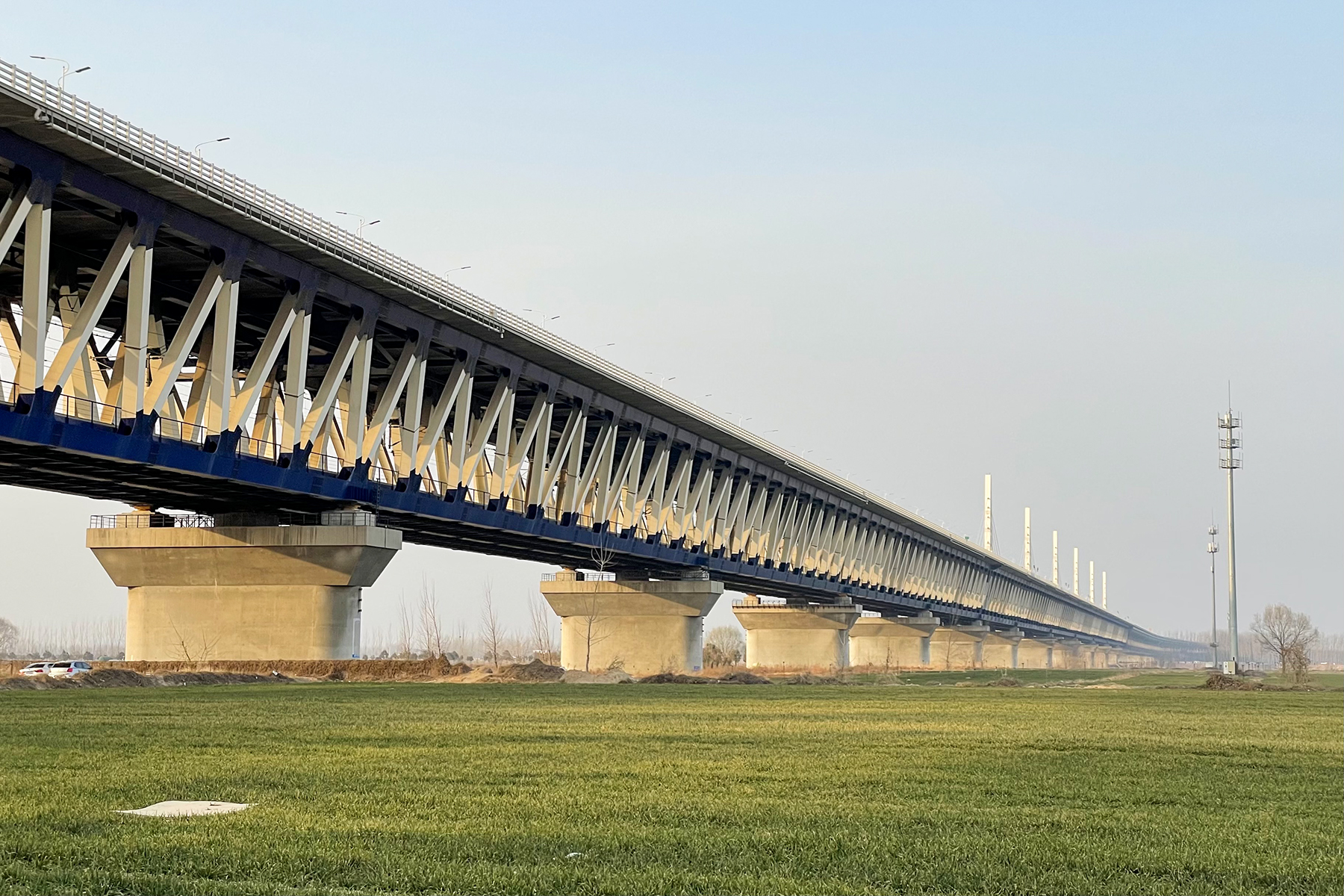

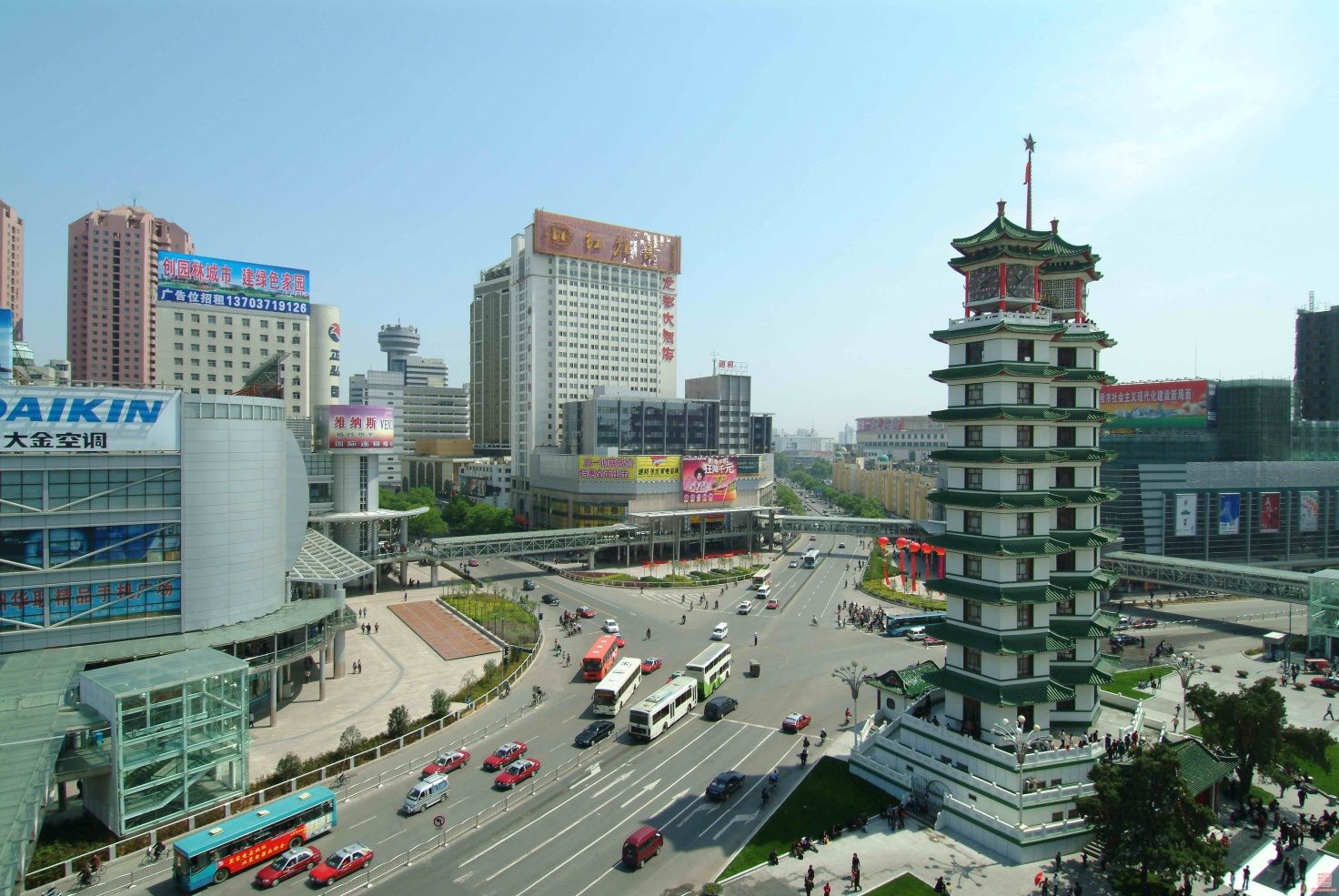
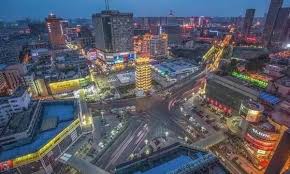
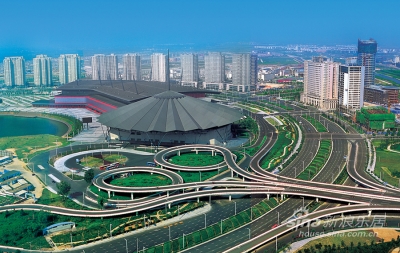
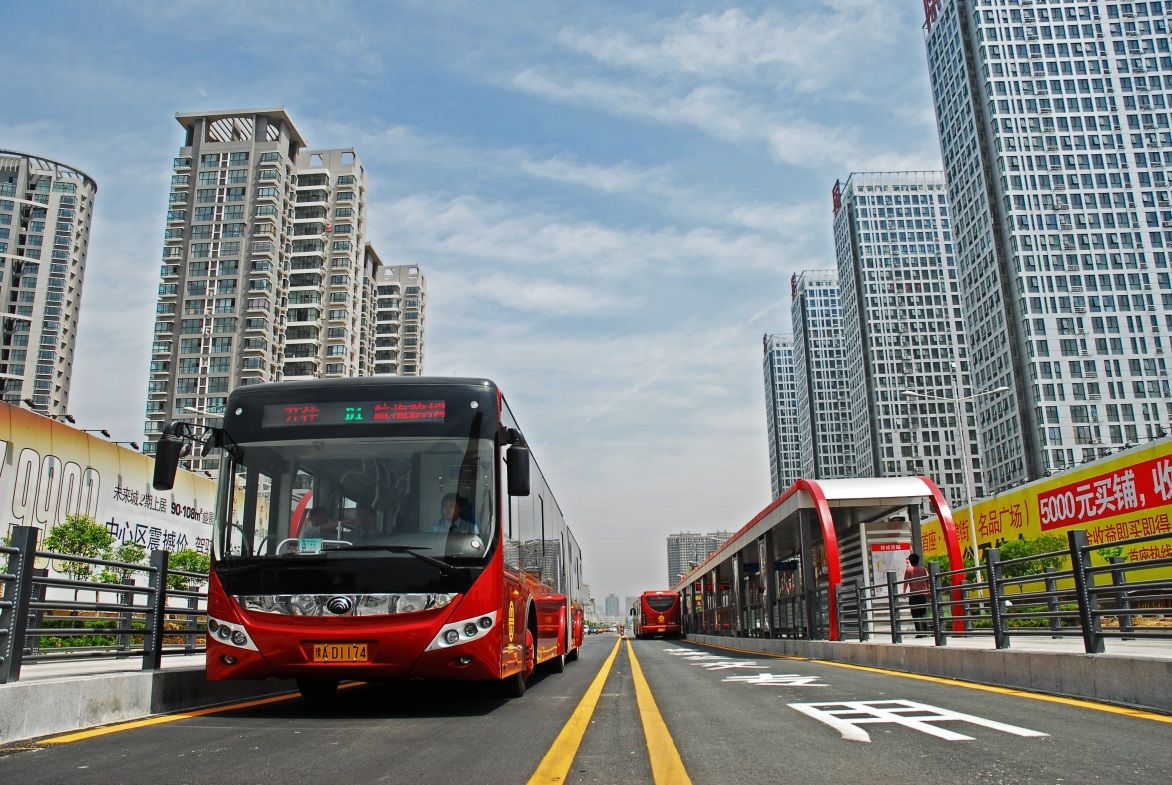
Zhengzhou Einführung
Zhengzhou ist die Hauptstadt der Provinz Henan und liegt in der Mitte Chinas. Die Entfernung nach Süd Beijings beträgt in etwa 760 km und 480 Kilometer Richtung Osten nach Xi´ans. Sie befindet sich nördlich des Zentrums der Provinz und im Süden des gelben Flusses. Zhengzhou grenzt an Luoyang zum Westen hin, Jiaozuo zum Nordwesten, Xinxiang zum Nordosten, Kaifeng zum Osten, Xuchang zum Südosten, und Pingdingshan zum Südwesten.Die alte Stadt war das Kapital der Shang Dynastie im 11. bis 16. Jahrhundert v. Chr., also vor 3,500 Jahren. Zu dieser Zeit wurde die Herstellung von Porzellan und die Technik der Bronzeverhüttung in China entwickelt. Ein grüner keramischer in Zhengzhou ausgegrabener Politur-Topf ist gezeigt worden, das wohl das älteste Porzellan in China ist. Eine lange Geschichte hat Zhengzhou, mit vielen kulturellen und historischen Ereignissen. Am Fuß von Mt Song liegt der Tempel der Shaolin. Er ist die Wiege des Shaolin Kung Fu. Wenn Sie sich für den chinesischen Kung Fu, den Tempel und die Aufführung interessieren, müssen Sie hierher kommen.(Quelle:http://www.chinarundreisen.com/zhengzhou/zhengzhou-reisefuehrer.htm)
Zhengzhou (chinesisch 鄭州市 / 郑州市, Pinyin Zhèngzhōu Shì, W.-G. Chengchow Shih, veraltet nach Stange Tschengtschau Schi, Abk.: 鄭 / 郑 Pinyin Zhèng) ist die Hauptstadt der Provinz Henan in der Volksrepublik China. Zhengzhou ist eine bezirksfreie Stadt mit einem Verwaltungsgebiet von 7.507 km² und 8.626.505 Einwohnern (Stand: 1. Januar 2010). Die engere Kernstadt beherbergt auf ihren rund 500 km² etwa 3,5 Millionen Einwohner. Ihr Zentrum liegt ca. 20 Kilometer südlich des Gelben Flusses (Huáng Hé). Zhengzhou ist eine bedeutende Industriestadt (Baumwoll-, Glas-, Aluminiumindustrie, Maschinenbau), sie ist ein überregionaler Verkehrsknotenpunkt (Eisenbahn, Flughafen), ein Handels-, Finanz- und Informationszentrum, eine Messestadt und kultureller Mittelpunkt mit einem großen Einzugsgebiet.
郑州市是中国河南省的省会,中国八大古都之一,国家历史文化名城,中国国家中心城市[1][2]和国家重要的综合交通枢纽。[3]郑州位于河南省中部偏北,黄河下游。现辖6个市辖区、5个县级市、1个县,全市总面积7,567.18平方公里,其中市区面积1,078.07平方公里,2012年市区建成区面积373平方公里。2015年,全市常住人口956.9万,其中市区常住人口470.08万。居民以汉族为主,母语为中原官话的郑州方言。[4]
郑州曾是包括出生于新郑[註 2]的中华人文始祖轩辕氏[註 3]所领的有熊国[註 4]以及夏朝、商朝、管国、郑国和韩国在内的这些部落联盟或国家部分时期建政或建都所在地,因此被列为中国八大古都之一。[5]从商代亳都算起,郑州已经有3600多年的城建史。考古人员于1995年在郑州北郊邙岭余脉发现的西山古城遗址又把郑州地区城市出现时间提前到距今约5300年的仰韶文化晚期,被视为中国城市文明的源头。[6]清末,朝廷大臣盛宣怀奉旨勘察芦汉铁路时来到郑州,将郑州站辟为甲等火车站,直接影响了郑州近代发展进程。[7]
郑州古代为“豫州”和“中州”的一部分,自古至今均为交通要塞,有“九州之中,十省通衢”之称,[8]如今郑州北站仍是中国最大的铁路编组站之一。[9]因商朝早期的都城在如今的郑州境内,[10]郑州有“商都”的雅号。[11]同时,郑州被认为是中国商业的发源地之一,[12]又是中国国务院确立的商贸中心试点城市之一,[13]因此“商都”也具有了“商业之都”的含义。郑州以打造都市区,建设国家中心城市为目标,远景規劃到2020年,市区总人口达到1500万以上,建成区面积达到800平方公里。[14]
鄭州市(ていしゅうし、中文表記: 郑州市、英文表記: Zhengzhou City)は、中華人民共和国河南省に位置する地級市。河南省の省都である。中国の中原地区第一大都市である。京津冀首都圏と珠江デルタを結ぶ南北陸上交通路と、黄海北部の港湾と中国西北部を結ぶ東西陸上交通路が交わる交通結節点となっており、中国における道路・鉄道の重要拠点のひとつである。殷の時代より3,500年の歴史をもつ国家歴史文化名城である。商の時代中国の首都であった、中国八大古都(北京、南京、杭州、西安、洛陽、開封、安陽、鄭州)である。
Zhengzhou is the capital of Henan Province in the central part of the People's Republic of China.[2] It is one of the National Central Cities in China,[3] and serves as the political, economic, technological, and educational center of the province, as well as a major transportation hub in China (highway, railway, aviation, communication).[4] The Zhengzhou metropolitan area (including Zhengzhou and Kaifeng) is the core area of the Central Plains Economic Zone.[5][6]
Zhengzhou is a National Civilized City, State-list Famous Historical and Culture City, one of the Eight Ancient Capital Cities and one of the birthplaces of Chinese Civilization,[7] and the birthplace of the Yellow Emperor. Historically, Zhengzhou was the capital of China for a thousand years (five times).[8] Currently, there are two World Cultural Heritage Sites (including 15 places) in Zhengzhou.[9] The Chinese Zhengzhou Commodity Exchange (CZCE) is China's first futures exchange,[10] Zhengzhou Airport Economy Zone is China's first Airport Economy Zone.[11]
The city lies on the southern bank of the Yellow River, and is one of the Eight Great Ancient Capitals of China.[12] As a center of China's national transportation network, there are railways connecting Zhengzhou and Europe,[13] and a bustling international airport[14] (Asia, Europe, Africa, America, Oceania).[15]
Zhengzhou has a population of 9,378,000 inhabitants,[16] GDP 913 billion in 2017.[17] The city is one of the main built-up areas of Henan region.[18] Greater Zhengzhou was named as one of the 13 emerging mega-cities in China in a July 2012 report by the Economist Intelligence Unit,[19] and officially named as the eighth National Central City in 2017 by the central government in Beijing.[20]
In 2011, a Journeyman documentary showcased the developments of the new district of Zhengzhou as a ghost city. However, by 2017, the buildings were found to be occupied in a thriving community.[21]
Zhengzhou (郑州 ; pinyin : Zhèngzhōu ; prononciation : [jŭng-jō] ; ancienne transcription française : Tcheng-Tchéou) est la capitale de la province chinoise du Henan, elle est une des « Huit grandes anciennes capitales de la Chine ». Elle possède le statut de ville-préfecture.
Zhengzhou (in cinese: 鄭州, in pinyin Zhèngzhōu) è una città della Cina, capitale della provincia di Henan. Precedentemente era conosciuta con il nome di Zhengxian. La sua prefettura si estende su una superficie di 7.446,2 km² e possiede una popolazione (2006) di 7.243.000 abitanti.
L'area urbana della città invece si estende su una superficie di 1.010,3 km² e possiede una popolazione di 4.362.000 abitanti con una densità di oltre 4.318 abitanti per km². Si tratta di una città industriale dalle strade che si intersecano perpendicolarmente, con due grandi parchi situati nella zona centrale ed un parco hi-tech nella zona nord. La città si trova a circa 700 km da Pechino e a 1000 da Shanghai, raggiungibili attraverso il sistema di ferrovie (treno ad altissima velocità) di cui ZhengZhou è un nodo importante nella regione.
Recentemente[quando?] è stato costruito un nuovo quartiere residenziale, chiamato "Zhengzhou New District" nella zona sud della città. Tuttavia, a causa degli alti prezzi delle case, è rimasto in buona parte vuoto.
Zhengzhóu (chino tradicional: 鄭州, chino simplificado: 郑州, pinyin: Zhèngzhōu, transcripción antigua: Chengchow) es la ciudad más grande y capital de la provincia de Henan en la República Popular China. Localizada cerca del río Amarillo, la ciudad ocupa un área de 1024 km² y cuenta con una población de 4 253 627 habs.2 Es cabecera del municipio nivel prefectura de Zhengzhóu el cual cuenta con una población de 9,19 millones (2012) en una superficie de 7507 km².
Чжэнчжо́у (кит. трад. 鄭州, упр. 郑州, пиньинь: Zhèngzhōu) — городской округ в провинции Хэнань КНР, место размещения правительства провинции. Название означает «область Чжэн»; так называлась административная единица, существовавшая в этих местах в Средние века.
 Architecture
Architecture
 Agriculture, forestry, livestock, fishing
Agriculture, forestry, livestock, fishing
 National Opera
National Opera
 History
History

 Geography
Geography
 Eat and Drink
Eat and Drink
 International cities
International cities